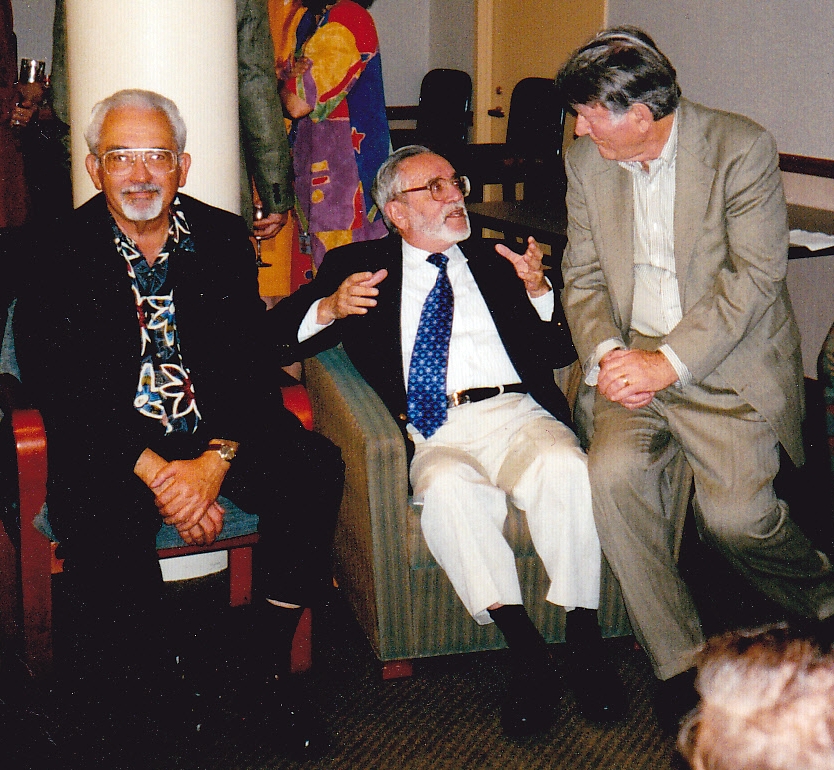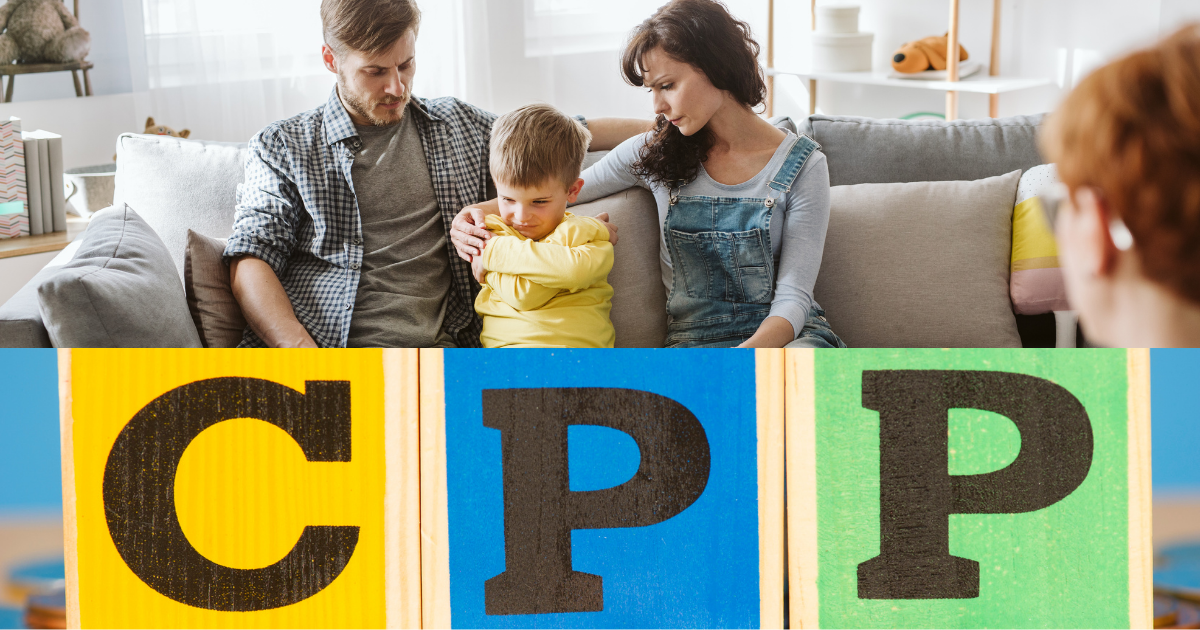Contents
Introduction

Structural Family Therapy: Techniques, Applications, and Effectiveness
Structural Family Therapy is a therapeutic approach developed to address and improve family dynamics by restructuring the family system. This approach focuses on altering family structures, roles, and boundaries to resolve dysfunctional patterns and enhance family functioning. By identifying and modifying these structures, Structural Family Therapy aims to improve communication, reduce conflict, and foster healthier relationships within the family.
This article offers a detailed exploration of Structural Family Therapy, including its core principles, key techniques, and their application to various psychological conditions. Additionally, it reviews the approach’s criticisms and limitations and discusses its overall relevance and effectiveness.
What is Structural Family Therapy?
Structural Family Therapy is a form of psychotherapy pioneered by Salvador Minuchin. It emphasizes the importance of family structure, including roles, hierarchies, and boundaries, in shaping family dynamics and addressing psychological issues. The therapy operates on the principle that changes in family structure can lead to improvements in family functioning and individual well-being.
Rather than focusing solely on individual issues, Structural Family Therapy looks at the family as a whole system. It aims to identify and modify dysfunctional family structures and patterns to enhance overall family dynamics. The therapy employs various techniques to reorganize family roles, adjust boundaries, and improve communication.
Why Structural Family Therapy is Important?
Structural Family Therapy is crucial because it provides a systematic approach to understanding and improving family dynamics. It recognizes that psychological issues often arise from or are influenced by the structure and patterns within the family system. By focusing on the family structure, this approach helps to uncover and address underlying issues that might not be apparent when only individual symptoms are considered.
The therapy promotes healthier family relationships and communication, which can lead to improved emotional support and resilience. It is particularly valuable for families experiencing chronic conflicts, rigid roles, or dysfunctional boundaries.
Understanding How Structural Family Therapy Works
Structural Family Therapy works by examining and reorganizing the family structure to address psychological issues. Therapists use various techniques to explore family roles, boundaries, and hierarchies. These techniques help families understand and modify dysfunctional patterns, improve communication, and strengthen relationships.
We’ll break down Structural Family Therapy by starting with an overview of its core principles, examining its therapeutic techniques, and reviewing its effectiveness in addressing mental health challenges.
Simple Overview
Core Idea: Structural Family Therapy centers on the principle that individual problems and behaviors are often symptomatic of broader issues within the family structure. The therapy operates under the assumption that family roles, boundaries, and hierarchies play a crucial role in shaping individual experiences and interpersonal dynamics. By identifying and reorganizing these dysfunctional structures, Structural Family Therapy aims to address and resolve underlying relational issues, thereby enhancing overall family functioning and individual well-being.
Real-Life Example: Consider a family where one parent is excessively controlling, leading to conflict with the children. Structural Family Therapy would involve examining the family’s roles and boundaries to identify dysfunctional patterns, such as the rigid control exerted by the parent. The therapy might focus on redefining roles and adjusting boundaries to create a more balanced and functional family structure.
Critical Concepts
- Roles and Boundaries: In Structural Family Therapy, each family member assumes specific roles and interacts within defined boundaries. Understanding and modifying these roles and boundaries can help resolve conflicts and improve family dynamics. Adjusting these roles and boundaries can lead to more balanced interactions and healthier relationships within the family. When roles become rigid or boundaries are unclear, it can lead to conflicts and misunderstandings.
- Enactments: Enactments involve having family members role-play specific interactions or scenarios to explore and address relational patterns. Structural Family Therapy uses enactments to help family members experience and understand different perspectives, practice new behaviors, and resolve conflicts.
- Unbalancing: Unbalancing is a technique where the therapist temporarily aligns with a specific family member or subsystem to disrupt the current power dynamics and promote change. By siding with a marginalized member or challenging the authority of a dominant member, the therapist facilitates a shift in the family structure, encouraging more equitable interactions.
- Reframing: Reframing is a cognitive restructuring technique that involves changing the way family members perceive and interpret their behaviors and interactions. By altering negative or rigid interpretations, reframing helps families view problems from different perspectives, promoting understanding, empathy, and constructive problem-solving.
Detailed Assessment
Structural Family Therapy integrates concepts of family structure, roles, and boundaries to offer a comprehensive approach to improving family functioning and individual well-being.
- Structural Family: Therapy embraces a systemic perspective, which means it views psychological problems and familial issues as emerging from the overall structure and organization of the family system, rather than attributing them solely to individual members. This approach operates on the principle that family dynamics are interconnected and that the interactions between family members create patterns that influence behavior and emotional well-being.
- Genograms: While genograms are more commonly associated with Family Systems Therapy, they also hold significant value in Structural Family Therapy. A genogram is a detailed family tree that includes information on family relationships, patterns, and significant events across generations. It provides a visual representation that helps therapists and clients map out complex family dynamics and identify patterns of behavior or recurring issues.
- Strategic Interventions: Strategic interventions are targeted approaches within Structural Family Therapy that aim to address specific behaviors or interaction patterns to resolve conflicts and improve family dynamics. These interventions are often practical and solution-focused, designed to bring about change through deliberate actions. Techniques might include role-playing exercises, communication drills, and problem-solving tasks that address particular issues within the family.
Comparison between Family Therapy & Individual Therapy
Family Therapy focuses on the dynamics and interactions within a family unit, addressing how relationships, communication patterns, and roles affect the overall functioning and well-being of all members. It considers the family as a system where each member influences the others, aiming to resolve conflicts, improve communication, and foster healthier relationships. Approaches like Structural Family Therapy and Bowenian Family Therapy emphasize systemic patterns and family structures.
Individual Therapy, on the other hand, centers on a single person’s thoughts, emotions, and behaviors. It aims to address personal issues such as anxiety, depression, trauma, or self-esteem by exploring the individual’s inner world, past experiences, and cognitive patterns. Approaches such as Cognitive Behavioral Therapy (CBT) and Psychodynamic Therapy focus on personal growth, self-awareness, and symptom management.
While Family Therapy sees problems as rooted in relationships and dynamics, Individual Therapy often attributes them to personal psychological factors. Both can be complementary; understanding family dynamics can enhance individual growth, while individual progress can improve family relationships.
Difference between Structural Family Therapy and Family Systems Therapy
| Aspect | Structural Family Therapy | Family Systems Therapy |
| Founder | Salvador Minuchin | Murray Bowen |
| Focus | Structure, boundaries, and hierarchies within the family system | Intergenerational transmission of patterns and differentiation of self |
| Core Concepts | Family subsystems (e.g., parental, sibling), boundaries, alignment, and coalitions | Differentiation of self, emotional triangles, family projection process, multigenerational transmission process |
| Goal | Reorganize the family structure to improve functioning and relationships | Increase self-differentiation and reduce emotional reactivity in family relationships |
| View of Dysfunction | Dysfunction arises from rigid, enmeshed, or disengaged family structures | Dysfunction results from low differentiation, emotional reactivity, and unresolved family-of-origin issues |
| Techniques | Joining, restructuring, boundary making, enactment | Genograms, coaching, triangulation, and process questioning |
| Application | Effective in addressing specific behavioral issues in children and adolescents | Useful for exploring chronic family issues, anxiety, and multigenerational patterns |
| Strengths | Provides clear and direct interventions for restructuring family dynamics | Deepens understanding of emotional patterns over generations and promotes long-term change |

Notable Figures in Structural Family Therapy
- Salvador Minuchin: The founder of Structural Family Therapy, Minuchin developed techniques to reorganize family structures and address dysfunctional patterns. His approach emphasizes the importance of family hierarchies, roles, and boundaries.
- Jay Haley: A prominent figure in the development of Structural Family Therapy, Haley contributed to the development of strategic techniques and problem-solving approaches within the therapeutic context.
- Cloe Madanes: Known for her work in Strategic Family Therapy, Madanes expanded on Minuchin’s concepts by focusing on practical strategies to address family conflicts and improve dynamics.
- Virginia Satir: An influential figure in Family Systems Therapy, Satir’s work complemented Structural Family Therapy by focusing on improving communication and self-esteem within families. Her techniques included family sculpting and fostering emotional expression.
Theories Influenced By Structural Family Therapy
- Psychoanalytic Theory: Developed by Sigmund Freud, this theory emphasizes unconscious processes and early childhood experiences. SFT’s focus on family roles and boundaries can interact with psychoanalytic concepts of family dynamics and internal conflicts.
- Person-Centered Therapy: Developed by Carl Rogers, this approach emphasizes the therapist’s unconditional positive regard and empathy. SFT’s work on family interactions can create a more supportive environment for person-centered approaches.
- Existential Therapy: This approach explores themes of meaning and existence. SFT’s work on improving family interactions can intersect with existential therapy’s focus on finding meaning within relational contexts.
- Gestalt Therapy: Developed by Fritz Perls, this therapy focuses on present-moment awareness and personal responsibility. SFT’s work on family dynamics can complement Gestalt Therapy’s focus on here-and-now experiences within family contexts.
Applications of Structural Family Therapy in Treating Mental Health Disorders

Depression
Structural Family Therapy can help individuals with depression by addressing family dynamics that may contribute to depressive symptoms. Improving family interactions and support systems can lead to a reduction in depressive symptoms and an increase in emotional resilience.
Example: A person with depression might discover that their mood is significantly impacted by the rigid, controlling role a parent plays within the family. Through Structural Family Therapy, the family works to create more flexible boundaries where the individual can express themselves freely, reducing feelings of hopelessness and fostering a more supportive environment.
Image Source: Camille Wesser/Moment RF/Getty Images

Anxiety Disorders
The therapy can assist individuals with anxiety by examining family structures and interactions that may contribute to their anxiety. Addressing these factors can lead to more effective coping strategies and a reduction in anxiety levels.
Example: A client with anxiety might feel overwhelmed by the enmeshment with a parent who is overly involved in their daily decisions. Through Structural Family Therapy, boundaries are adjusted so that the client has more autonomy and space, reducing anxiety and promoting independence.
Image Source: health.harvard.edu

Grief and Loss
Structural Family Therapy can support families dealing with grief by helping them navigate the emotional and relational impacts of loss. By reorganizing family structures and improving communication, families can better manage their grief and maintain strong connections.
Example: A family mourning the loss of a father might struggle with who takes on the “leadership” role. Structural Family Therapy would guide them in reorganizing the family structure to distribute responsibilities in a way that supports all members, enabling them to cope with their grief more effectively and maintain strong emotional bonds.
Image Source: endoflife.weill.cornell.edu

Addiction
The therapy can address family dynamics that may contribute to addiction and support families in fostering healthier relationships and recovery. Involving family members in the recovery process can enhance support and reduce enabling behaviors.
Example: A person struggling with addiction might find that their family has adopted a pattern where one member is overly protective, while another is permissive. Structural Family Therapy would help reorganize these roles and establish clearer boundaries, reducing enabling behaviors and creating a more supportive environment for recovery.
Image Source: patnaneuroandchildpsychiatry.in
Common Myths About Structural Family Therapy
| Myth | Reality |
| Structural Family Therapy is only for families with severe issues. | Structural Family Therapy is designed to address a broad spectrum of issues, from everyday conflicts to more complex dynamics involving mental health challenges. |
| The therapy only focuses on resolving conflicts. | While conflict resolution is an important aspect, Structural Family Therapy also emphasizes understanding and reorganizing family structures, roles, and boundaries. |
| Structural Family Therapy blames individuals for problems. | Structural Family Therapy does not assign blame to individuals but seeks to understand and alter dysfunctional family structures and patterns. |
| It requires all family members to participate actively. | Although involving all family members is ideal, therapy can still be effective with partial participation. It can address underlying patterns even if not everyone is involved. |
Criticisms and Limitations
- Overemphasis on Structure: Critics argue that an intense focus on family structure might overshadow individual psychological issues. By concentrating predominantly on how family roles, boundaries, and hierarchies contribute to dysfunction, there is a risk of neglecting personal mental health needs. For instance, issues such as anxiety, depression, or trauma might require separate therapeutic approaches for a comprehensive and effective treatment plan.
- Complexity and Abstract Concepts: The theoretical nature of structural family concepts can be challenging for clients who favor concrete, practical strategies. Structural Family Therapy involves abstract ideas such as family roles, boundaries, and hierarchies, which might seem nebulous and difficult for some clients to grasp and apply.
- Dependency on Family Participation: The effectiveness of Structural Family Therapy is heavily dependent on the active participation of all family members. The therapy aims to address and reorganize dysfunctional patterns by involving everyone in the process.
Conclusion
Structural Family Therapy offers a comprehensive approach to addressing psychological issues by focusing on family structures and relationships. By reorganizing family roles, boundaries, and hierarchies, this approach can lead to significant improvements in family functioning and individual well-being. Despite its limitations, it remains a valuable therapeutic option for those seeking to enhance their family relationships and address psychological challenges within the context of family structures.
References
- Bowen, M. (1978). Family therapy in clinical practice. Jason Aronson.
- Framo, J. L. (1992). Family-of-origin therapy: An overview. Haworth Press.
- Goldenberg, I., & Goldenberg, H. (2012). Family therapy: An overview (8th ed.). Brooks/Cole.
- Haley, J. (1976). Problem-solving therapy. Harper & Row.
- Kerr, M. E., & Bowen, S. (1988). Family evaluation. Norton & Company.
- Madanes, C. (1981). Strategic family therapy. Jossey-Bass.
- Minuchin, S. (1974). Families and family therapy. Harvard University Press.
- Nichols, P. D., & Schwartz, R. C. (2004). The essentials of family therapy (2nd ed.). Allyn & Bacon.
- McGoldrick, M., Gerson, R., & Petry, S. (2008). Genograms: Assessment and intervention (3rd ed.). Norton & Company.
- Gurman, A. S., & Kniskern, D. P. (Eds.). (2008). Handbook of family therapy (2nd ed.). Guilford Press.
Explore more Theories & Therapies








